The BlackBerry PlayBook Review
by Anand Lal Shimpi on April 13, 2011 9:00 PM EST- Posted in
- Tablets
- Smartphones
- RIM
- BlackBerry
- PlayBook
- Mobile
Camera
The PlayBook comes equipped with a 3MP front-facing camera and a 5MP rear-facing camera. Neither sensor is aided by any sort of Flash. The rear sensor is 4:3 and captures at 2592 x 1944 for full resolution. By default the PlayBook shoots in 16:9 which results in a cropped 2592 x 1456 (3.7MP) image.
Image captures from the rear sensor are high contrast but typically lack sharpness. I've also noticed that it's not too difficult to trip up the white balance algorithm, at least outdoors.
RIM takes a page from Apple's playbook and bumps up the contrast to make up for inherent limitations in the camera sensor.
The front camera also has a 4:3 ratio sensor, capturing natively at 2048 x 1536 (3MP). In 16:9 mode you just lose some vertical resolution as the sensor is cropped to 2048 x 1152 (2.35MP).
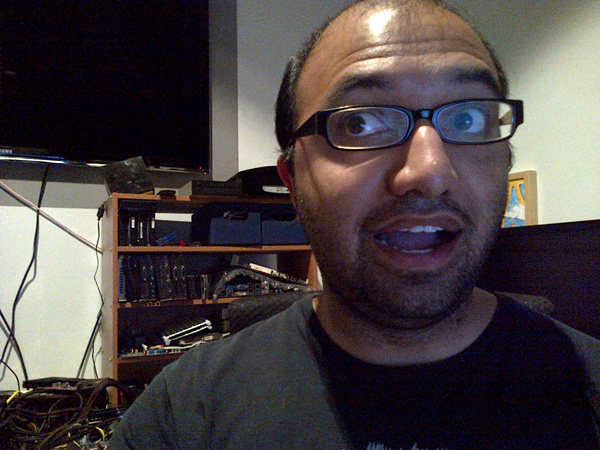
The front facing sensor is unusually good indoors without a lot of light. You still can't take photos in pitch black but with a little bit of ambient light you can generally get a pretty bright image out of the front facing camera. RIM will eventually enable video calling between PlayBook users, however it's not functional on the review build of the PlayBook software.
The camera app itself takes about 3 - 4 seconds to start and has a pretty simple UI. There's a button to switch between stills and video recording, a slider for digital zoom, a shutter release button, a location toggle and a button to switch between front and rear facing cameras.
It takes about two seconds to switch from the rear to the front facing camera, and about 1.8 seconds to capture an image. While it may not sound like a lot, the capture latency is high enough that you have to make sure you hold the PlayBook still for those 1.8 seconds otherwise you'll end up with a shifted image.
The camera app supports minimal customization. You can change aspect ratio, turn on image stabilization and choose either auto, sports or whiteboard for camera presets.
Videos
Both the front and rear sensors can shoot video at 480p, 720p or 1080p at 30 fps. Videos are shot at 720p by default.
Captured video actually doesn't look too bad. The lack of sharpness I complained about in the stills is somewhat masked by motion and what we get instead is a pretty reasonable platform for shooting video, at least for sharing on the web.


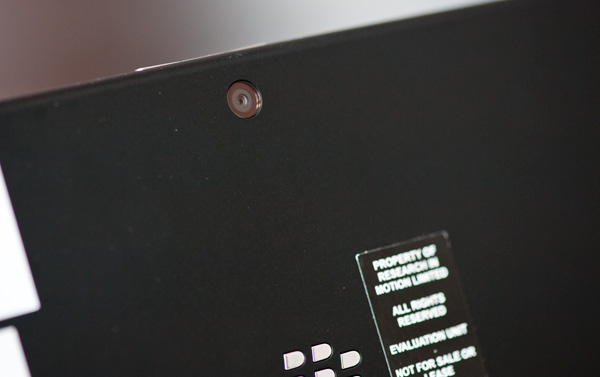

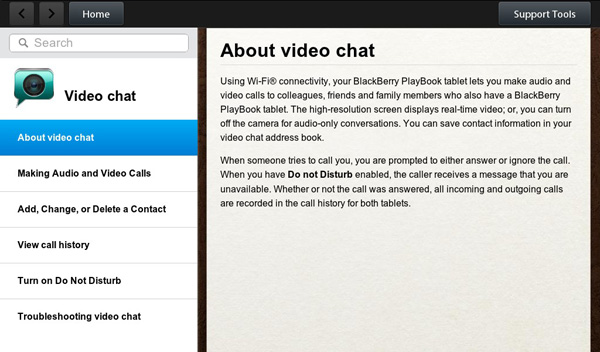
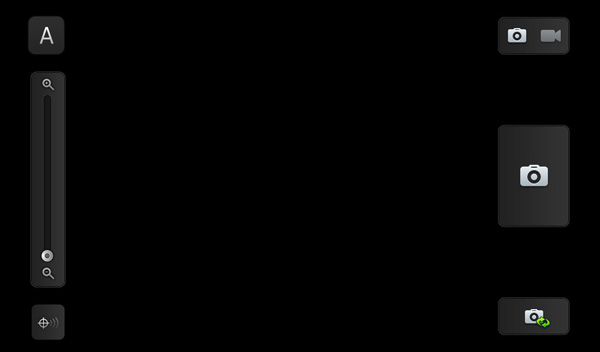
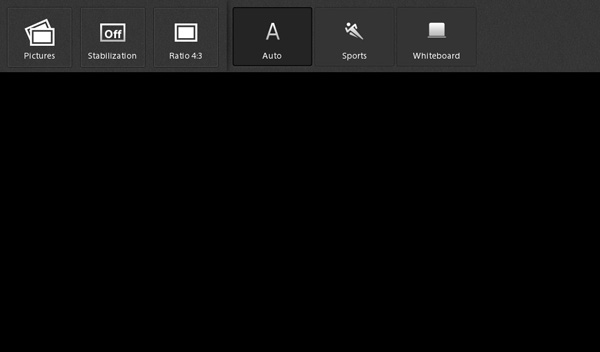








77 Comments
View All Comments
legoman666 - Wednesday, April 13, 2011 - link
No email client? Really? Is that a joke?Ethaniel - Wednesday, April 13, 2011 - link
For now it seems, but that's clearly a sample unit. All I keep reading is "needs tuning" and "needs optimization", ergo, it's not ready, and they're going to launch it anyway. Those updates will have to be lightning-fast. I don't want to pay 500 dollars to be a beta tester...SimKill - Wednesday, April 13, 2011 - link
I'm actually surprised. This is because my cousin in India said that his friend in Dubai already bought it and has it for quite some time. Do you think there might be a reason why they are purposely delaying the American release?melgross - Thursday, April 14, 2011 - link
Probably, someone is lying about it, or they've gotten some illegally obtainedRe
Reduction model much as what happened the Apple's iPhone 4.
It's first being released in N. america, according to RIM.
vol7ron - Friday, April 15, 2011 - link
Why does everyone want to price around Apple? The more I look at these devices, the more I'm likely to get the color-nook and put Droid on it. Surely the hardware would be lacking, but the functionality would still be ballpark.16GB for $500 is ridiculous. These base models need to be in the $250-300 range.
michael2k - Friday, April 15, 2011 - link
Um, the raw materials for the iPad is about $260, meaning you can't expect to buy a 16gb tablet from any manufacturer, especially one with less buying power than Apple, for much less than $400 or so.From the iPad 2:
Display is $127
Flash is about $66 for 32gb, $35 for 16gb
Case & Battery is about $60
Mobo+Camera is about $60
So for any 10" tablet the cost if they gave it away for free would be $282 or so. Your nook "cheaps out" by having a 7" screen, only 8gb storage, a slower CPU, no cameras, and a much smaller battery. It only gets 8 hours with wifi off, the iPad 2 gets 11 hours with wifi on!
In other words you're only paying $180 worth of HW in the Nook, while the iPad gets you two 1GHz cores vs a 800MHz core, 11h of battery vs less than 8 hours, 10" and 1024x768 vs 7"@1024x600, 16gb vs 8gb, and of course, no guarantee of OS updates. You're complaint is ridiculous, actually, since almost no other manufacturer has been able to beat Apple on price yet except the Acer Iconia.
quiksilvr - Friday, April 15, 2011 - link
As much as I despise Apple, I have to agree to an extent. Yes that price is quite hefty, but if Apple didn't have it's cult following, it would have easily been on sale for $399. But thanks to idiot consumers, they can bump it up a Benjamin.michael2k - Friday, April 15, 2011 - link
And no one else can order in vast enough quantities to hit the $399 price.mcnabney - Friday, April 15, 2011 - link
I am starting to doubt the iSupply numbers you quoted.They price the very nice 9.7" IPS screen that Apple uses at $129 while the clearly inferior non-IPS screen the XOOM uses at $140. Their memory prices are also highly suspect, clinging to $2/GB for what are still really small drives compared where higher performing SSDs already are. I would guess that NAND prices for tablets are under $1/GB wholesale and in quantity.
michael2k - Friday, April 15, 2011 - link
Apple orders literally 2m 9.7" IPS screens a month, probably 40m this year alone. That gives them bulk purchasing power no one else has except the manufacturer of said screens.Motorola has to pay market prices, while Apple can literally buy an entire factory's output. http://www.isuppli.com/Display-Materials-and-Syste...
It doesn't help that the Japanese earthquake halted LCD production at major plants, either!
As for SSD chips, Apple is paying a premium to get density. The low end iPad has only a single SSD 16GB chip. The mid range iPad has one or two, and the high end has two 32GB chips. As soon as prices are good or capacity is good, I'm sure Apple will use a single 32gb chip on the low end, two 32gb chips for the middle, and 2 64gb chips on the high end.